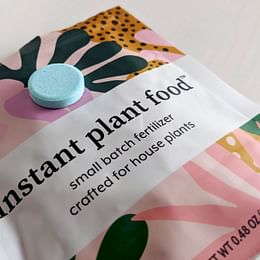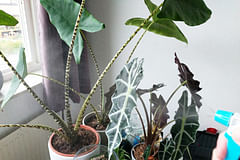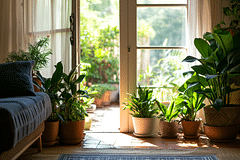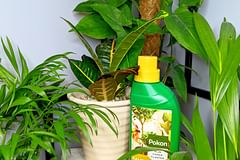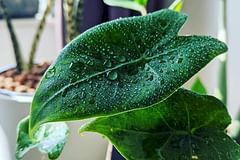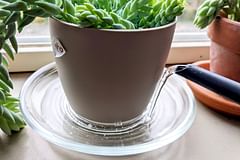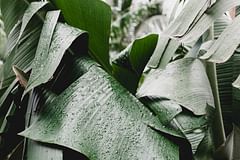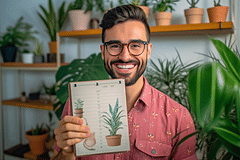The secret life of roots: What's happening underground?
Learn about the importance of plant roots in this episode of Plant Care for Beginners. Discover how roots support plant health, what causes root rot, and how to care for your plants' roots for a thriving, stable garden.
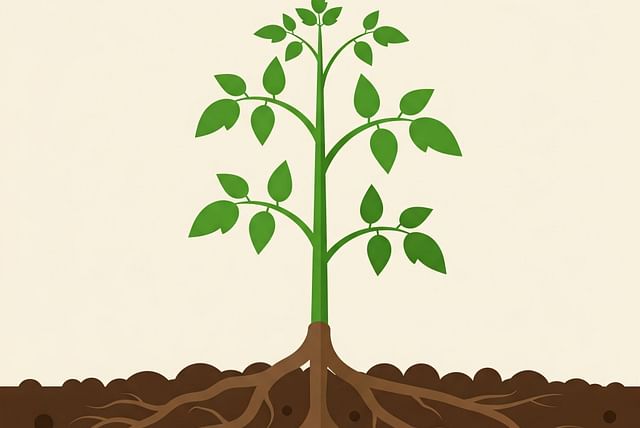
In this post, I've got another podcast for you where I talk about one of the most underappreciated things about your plants: their roots. You can listen to the podcast here or find it on your favorite podcast app. Just look for "Plant care for Beginners".
Below, you'll find the transcription of this podcast. I hope you enjoy it and learn something new!
0:01
Hello and welcome back to another podcast by Plant care for beginners. Today, we're going to dig into something that you might not think about all the time. And that is the roots of your plants. So, what about it? Well, there's actually quite an interesting fact if you think about it. The roots of your plants can be up to 20 times larger than your plant itself.
0:27
And it's the only bit of the plant you don't see, which is pretty interesting if you ask me, because you always think about, okay, what does my plant look like? Does it look good? Does it seem healthy? But you never think about the most important bit of the plant, which are the roots. Because the roots keep your plant alive. They are there for moisture uptake, they take up nutrients, and basically they keep your plant alive and stable.
What do roots actually do?
0:55
So first, let's talk about what roots actually do, because most people think of roots as part of the plant that just sucks up the water, but it's so much more than that. First, your roots are primarily used to take up nutrients from the soil. You remember like the fertilizer and stuff like that, they take that up, they make sure that your plant gets enough nutrients to stay healthy.
1:25
They also absorb water, and they take up obviously essential nutrients like nitrogen, phosphorus, and potassium. This helps to keep your plants strong and healthy for a long time. Secondly, which is something that I never really thought about but is actually really logical. Roots help to anchor your plant down. So if you've had a plant with root rot, for example, you were probably checking your plant out a little bit, you know, tipping the pot.
1:53
You might have noticed that your plant might not be very stable in the pot. And then you try to pull the plant out of the soil to check your roots, and it just comes out without any effort. It's because the roots were not anchoring your plant down anymore. So if you have healthy roots, it's incredibly difficult to get the plant out of the soil because it keeps it there, and it keeps it stable. So without the healthy roots, your plant could topple over because it doesn't have any support.
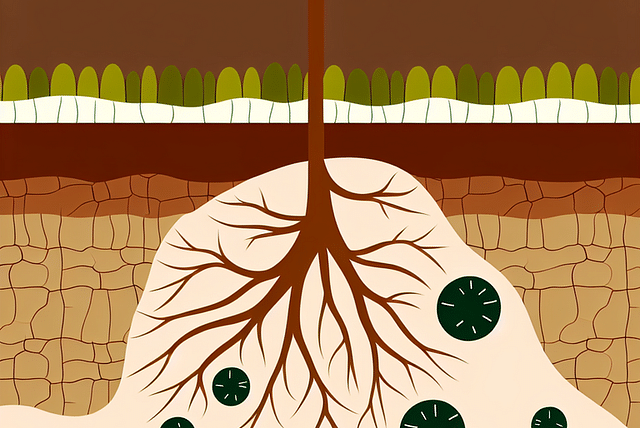
2:22
And one very interesting role that roots actually play, that you don't think about, is that the roots communicate with the microbes in the soil. So in the soil, there's a complex relationship between roots and the tiny organisms like the bacteria and fungi. Together, these roots and also the fungi and the bacteria exchange nutrients and protect each other from harmful invaders.
2:48
Think of it like a symbiotic community. So they protect each other, and they all work together to keep this plant alive. This is also why soil health is so important. The roots also store a lot of energy for your plants. It's not just the stem and the leaves, it's also the roots. In fact, the roots probably store more. This is very important during, for example, the fall and the winter. Your plant isn't actively growing.
3:16
Some of these plants use their roots as reservoirs to fuel them through harder times, like the fall and winter. So I've already mentioned a few things that could signal that your plant has root trouble, which could be that your plant is very unstable, and it might be toppling over. That's a very, very clear sign that your plant has root rot.
Common root problems
3:36
Root rot is one of the most difficult things to deal with if you think about it. Because it could mean that your plant has been in soggy soil for too long, and it also means that your roots are not getting enough oxygen. And that's because the wet soil doesn't let through any oxygen, or it basically creates an impenetrable, very difficult word, barrier that doesn't let through any oxygen which suffocates the roots, which means they start to rot.
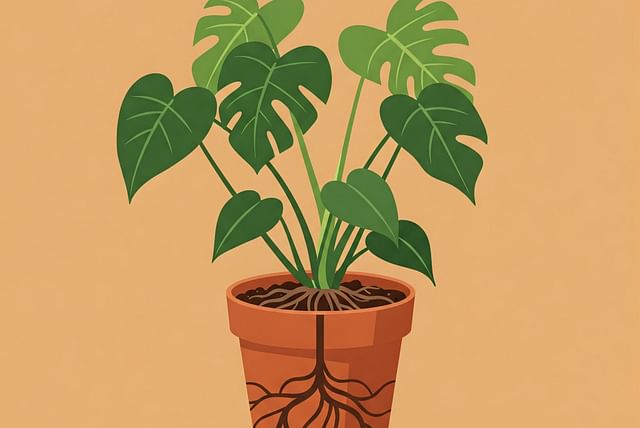
4:04
Before you know it, and you will see this very quickly, the plant's leaves will start to wilt. You might start to smell like a really bad smell from the soil. It's because all of these bad smells basically means that your plant is rotting and also the soil itself, which is a bad thing. Another problem that you could think about when it comes to roots is root-bound plants, because you will start to see that your roots start to circle the pot.
4:30
This means that they don't have enough space to grow anymore, so they start to look for more space by slowly circling the bottom of the pot. This is a very clear sign that you need to repot your plant because it does not have enough space anymore. And this is also one of those times when you can see how large these roots actually are because if you stretch them out, they're going to be far larger than your plant itself.
What can you do for the best root health?
4:53
So what can you do to take care of the roots of your plants in the best way? Well, it's actually very important to have the right soil for the right plant because some people think you can grab any potting mix for any plant, but that's not true because for healthy roots, you need a well draining mix that lets air through to get to the roots, but also lets the water in the pots drain easily. So your plant basically isn't sitting in a puddle of water.
5:23
That also means that your pot should have drainage holes to get rid of all of this excess water. When you're repotting, you will probably see that your roots have started to circle the bottom of the pot. It could actually be very beneficial to prune some of those roots when you repot your plant.
5:40
This sounds a bit counterintuitive because like the roots are supposed to be what keeps the plant healthy, right? It's supposed to anchor the plant down. But trimming back these roots can actually help to stimulate new growth. It can actually wake the plant up to grow to be like, hey, you know what? You need to grow some more roots because we need to start absorbing nutrients again. We have a whole bigger pot to grow in now. Let's go!
This is how you can see your plant's roots grow
6:06
So there are a few things that you can look at when you want to look at the root growth of your plant, because it can actually be quite fascinating. So if you have a normal pot, and you have soil, you put your plant in there, you can't really see those roots grow because they're hidden.
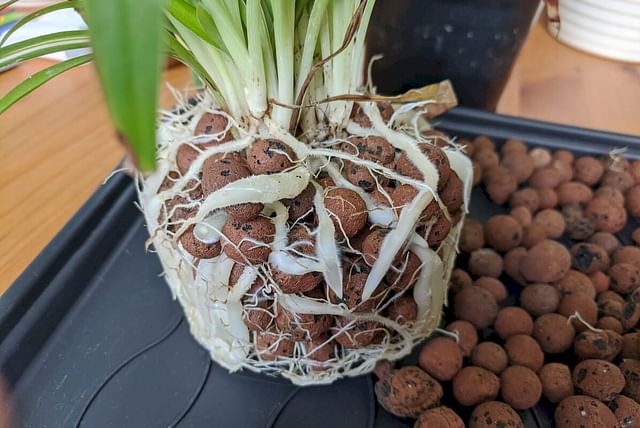
6:28
But if you use something like LECA, for example, or just water for that matter, you can actually see your roots grow. Which is really cool because they actually grow quite quickly. It can be a very clear sign that your plant is growing quite well because if the roots look healthy and large and firm, your plant is probably doing pretty well. Another way that you can do this is by using a clear pot, even with soil, because the roots will usually get to the edge of the pot because they're trying to expand.
6:55
They're trying to anchor your plant down. They're trying to keep it stable. So they're going to be at the edge of the pot. You will see growth on these roots as well. It is one thing that you do need to be mindful of, though, is that roots usually don't like sunlight too much. So do make sure to protect them from any direct sunlight because they're very sensitive to that, because they grow in the soil. So they're not used to being exposed to all of this light.
Healthy roots, healthy plant
7:19
So, roots are actually very interesting in the fact that they support your plant in such a unique way that you never really think about it. Because you only think about, OK, I need to mist my plants, I need to water them. All that. I need to keep them looking green or, you know, colorful for that matter. But you generally don't think too much about what you should do to keep the roots of your plant happy.
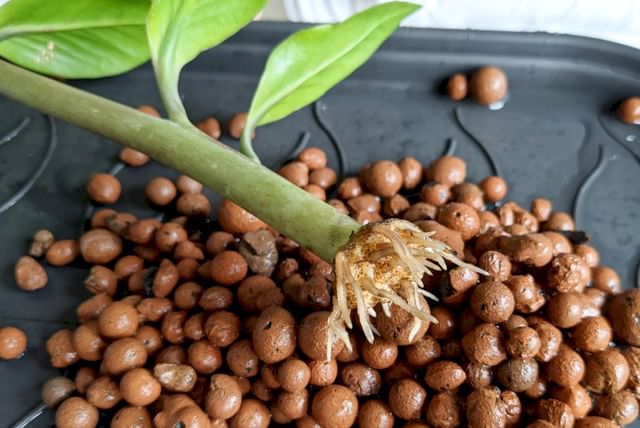
7:42
Because I've had a few plants that completely died back, but because the roots were still healthy, they came back in the following spring. Like they were completely dead, had zero leaves left, so you think, okay, you know, this plant is done for. But I kept it in the pot. I knew the roots were healthy, and by spring, new leaves started to pop up.
8:07
So that means if the roots stay healthy, your plants will come back, no matter what it looks like now. So always make sure to check the roots before you throw your plants out. Because if the roots are fine, your plant will probably come back just as well, and it will look great again.
8:25
So I hope you enjoyed this little talk about routes. I know I find it incredibly fascinating. I really hope you do as well. So I hope to see you back again for another episode of Plant Gear for Beginners because I really do like making these podcasts. And I hope I share some knowledge or maybe some interesting thoughts with you that make you think about your plans differently. So I'll see you again next time.
Thank you for reading this post! I hope it helps you to keep your plants healthy and beautiful! If you're looking for more guides on specific plants, you can always request a plant guide to get a guide for the plant you have trouble with.
Test your plant care knowledge
Quiz completed!
Want to learn more? Sign up for my newsletter to receive free tips in your inbox!
Sign up now!